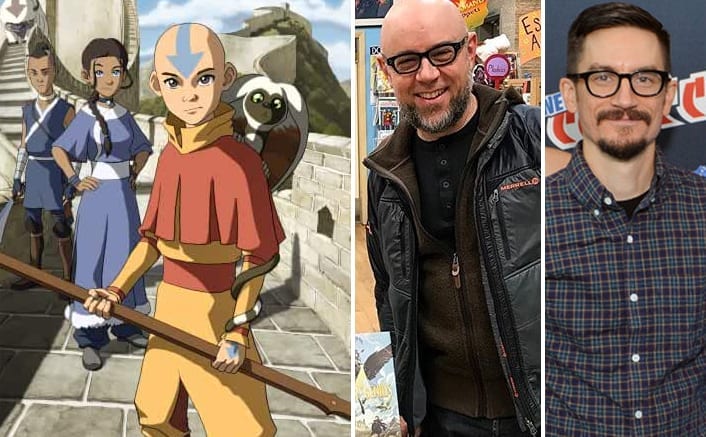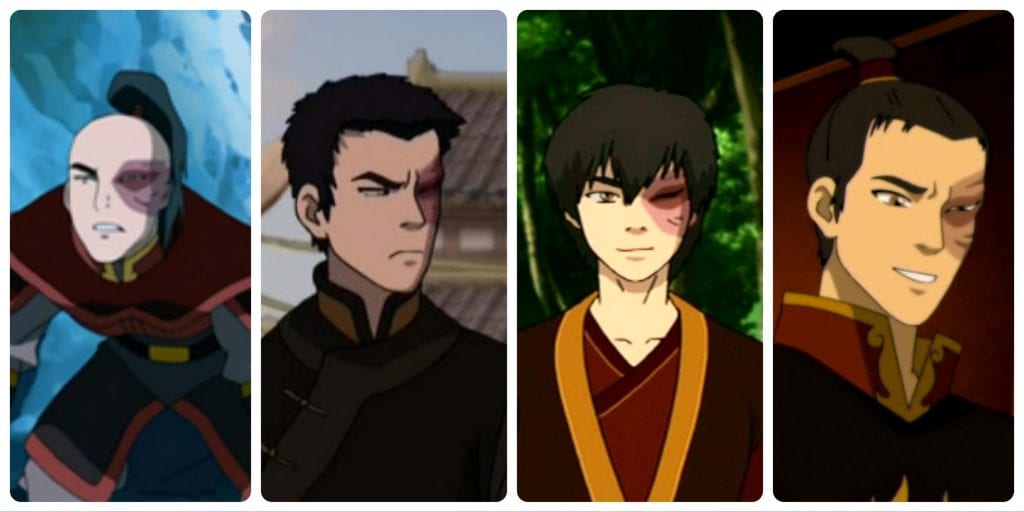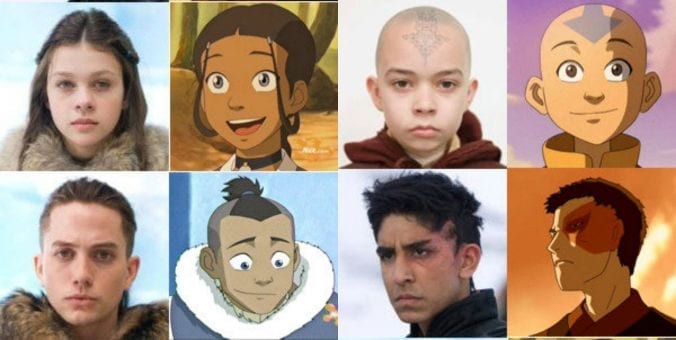Last week, fans of the animated series Avatar: The Last Airbender, or ATLA as it is commonly referred to, were dealt a heavy blow. Michael Dante DiMartino, one of the original creators of the show, posted an open letter on Facebook addressing fans about the upcoming live-action series of ATLA on Netflix – more specifically, he stated that he and ATLA-fellow creator Bryan Konietzko had made the decision to leave the production.

Source: Google Images
The news left many fans upset, but not at DiMartino and Konietzko. Instead, frustrations were geared towards Netflix, the streaming giant who commissioned the series. Many fans see this as yet another betrayal for the ATLA universe – after the fiasco that was the M Night Shyamalan film The Last Airbender, the news that Netflix would be bringing in the original creators for the live-action series were warmly welcomed. Many people believed this would mean past mistakes would not be repeated whilst adapting the animation into a live-action series. However, DiMartino stated in his open letter that he and Konietzko were leaving the production due to the creative direction the show was taking, which has left many fans worried as to what the finished product will be.
I took some advice from Uncle Iroh… I realized I couldn’t control the creative direction of the series, but I could control how I responded. So, I chose to leave the project.
Excerpt from DiMartino’s open letter, emphasis Author’s own
And who knows? Netflix’s live-action adaptation of Avatar has the potential to be good. It might turn out to be a show many of you end up enjoying. But what I can be certain about is that whatever version ends up on-screen, it will not be what Bryan and I had envisioned or intended to make.
For those outside the fandom, there may be confusion as to why there has been such an outpouring of emotion to this news. This is just a children’s show, so what is all the fuss about?
To answer that question, you need to understand what sets ATLA apart from other animated shows. First shown on the Nickelodeon channel from 2003 to 2005, it was originally geared towards children. However, many of the people who watched it when they were kids have now grown up into adults, and yet still have a firm love of the show.
Secondly, it also is much more fleshed out in terms of character development, plot, and world-building than many other animated series, and most importantly it also introduced a variety of themes that you almost never see in a traditional children’s show. Such topics include very upfront depictions of the ugliness of politics, the legacy of warfare, imperialism, genocide, the plight of refugees, familial abuse, and oppression – such topics are leagues away from traditional children’s themes of friendship, or teamwork (not to say that these aren’t important in their own right). Many adults therefore still watch the show, especially as the second and third seasons expand upon these themes successfully.

Source: Google Images
Thirdly, for many of East Asian descent, this show was a cultural triumph. ATLA depicted the complexities and differences of East Asian cultures in a way that was both inclusive and easy to understand, something that had rarely been done before in a Western show. Although the creators were not of Asian descent themselves, the way they researched the show so thoroughly meant that their creation ended up being rich with diversity – for example, each of the four bending styles come from four entirely distinct and different martial arts, while themes in the show often drew on Buddhist and Taoist ideas regarding free will, fate, and destiny.

Source: Reddit
Stylistically, the show draws upon artistic imagery similar to the Anime genre. DiMartino and Konietzko explicitly stated that the balance between having powerful action sequences alongside humour and emotion was something that they drew upon from anime shows in particular.
Many other cultures are also given representation throughout the show in the form of the depictions of the different nations. The Fire Nation is influenced heavily by Imperial Japan, the Earth Kingdom by China and its neighbouring states, the Air Nomads by Tibet, Shaolin Monks, and Sri Lankan Buddhism, and the Water Tribes by the cultures of the Inuit, Yupik, Native Americans, and Pacific Islanders. By drawing distinct differences between the four main groups of people in the Avatar universe, viewers are able to quickly understand the motivations of new characters, as well as the reasons behind their actions. This is particularly important because each episode clocks in at less than half an hour, and thus, there is precious little time to waste.
The result is that the original ATLA series is beloved by many around the world. The first adaptation by M Night Shyamalan into a live-action film completely neglected to understand the nuance behind what made the original series so popular, and as a result, fans were given a completely white-washed film which contained no understanding or references to Asian culture as well as a poorly written storyline. Needless to say, the film bombed in the box office and has a 5% rating on Rotten Tomatoes as well as 4/10 on IMDb.

Now that the original creators have parted ways with Netflix over creative differences, fans fear that the same fate will befall the live-action series. If this is true, it will be yet another crushing blow for East Asian representation in the film industry, as well as more heartbreak for ATLA fans worldwide.
Words by Yasmin Bye
